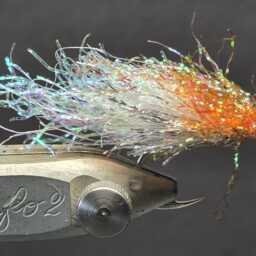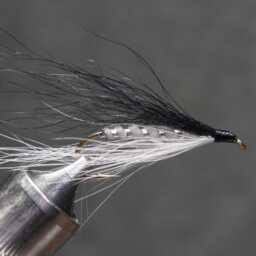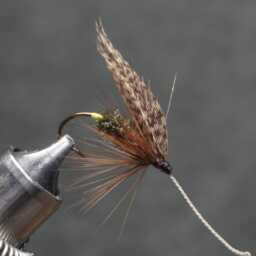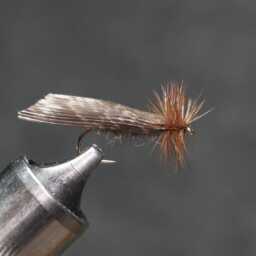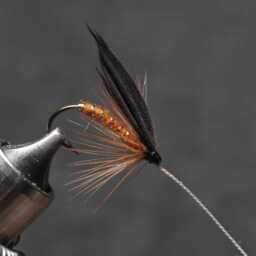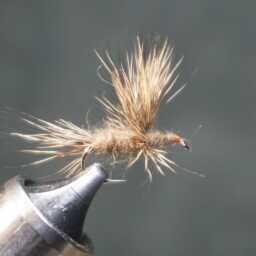The great argus, or greater argus (Argusianus argus), is a strikingly large species of pheasant native to Southeast Asia. Renowned for its remarkable plumage and elaborate courtship rituals, it stands out among its relatives, distinct from the closely related crested argus species in the genus Rheinardia.
Adult males of the great argus are among the largest of all pheasants, measuring between 160 to 200 cm (63 to 79 inches) in total length. This includes an impressive tail spanning 105 to 143 cm (41 to 56 inches), and they weigh between 2.04 to 2.72 kg (4.5 to 6.0 lbs). Their plumage features a brown hue, a blue head and neck, a rufous red upper breast, and distinct black hair-like feathers on the crown and nape. Their legs are red in color.
Notably, male great argus pheasants possess exceptionally long tail feathers and dramatically elongated secondary wing feathers adorned with large eyespots, often described as “moons.” These feathers are highly sought after for use in classic or fully dressed salmon-style flies due to their rarity and striking appearance. They are typically sold in 4-inch sections of quill, although obtaining them can be challenging due to the bird’s scarcity.
In contrast, female great argus pheasants are smaller and less vibrant than males. They measure between 72 to 76 cm (28 to 30 inches) in total length, including a shorter tail spanning 30 to 36 cm (12 to 14 inches), and weigh between 1.59 to 1.7 kg (3.5 to 3.7 lbs). Their appearance lacks the elongated tail and intricate feather patterns found in males, making them visually subdued in comparison.
« Back to Glossary Index
